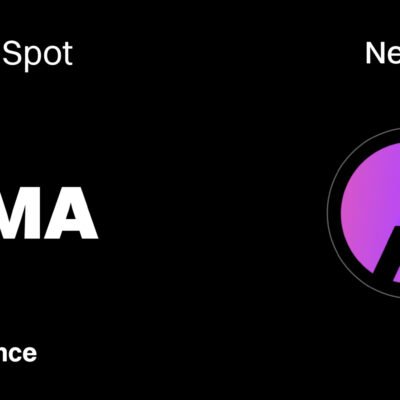In a move to assess the resilience of the nation’s financial system, the Federal Reserve tasked major banks with determining their ability to withstand the potential impacts of climate-related risks. The Fed disclosed the results from the assessment, in which Bank of America (BAC), Citigroup (C), Goldman Sachs (GS), JPMorgan Chase (JPM), Morgan Stanley (MS), and Wells Fargo (WFC) found that 20% to 50% of their Northeast real estate loans would be affected by the most severe climate shock.
Yahoo Finance Fed Reporter Jennifer Schonberger breaks down the details, providing insights into what the report revealed.
For more expert insight and the latest market action, click here to watch this full episode of Market Domination Overtime.
This post was written by Angel Smith
Video Transcript
Well, the Federal Reserve putting the nation’s six largest banks to the test.
But for a new category climate risk here with the latest Yahoo finance is Jennifer Schonberger.
Hi Jen.
Tell us what we learned.
Hey there, Julie this just in the Federal Reserve finding that the nation’s six largest banks could see 20 to 50% of their real estate loan portfolios impacted by various climate events.
Bank of America City Group, Goldman, Sachs, JP Morgan, Morgan Stanley and Wells Fargo were tasked with determining how higher average temperatures wildfires and a hurricane in the northeast, as well as an event of their own choosing would impact their residential and real estate loan portfolios that is trying to better understand how banks manage these risks that so that the fed can determine overall how climate risks could impact the wider financial system.
Here are the major take away from the report under the most severe climate shock defined as having no insurance for a climate shock scene.
Once in a 200 year event that varied from hurricanes to flooding or wildfires.
Under that scenario, the six largest banks saw 20 to 50% of their commercial and residential real estate loans in the northeast impacted.
Now key to this report is that banks had a very difficult time trying to model climate risks to assess the impact on their loan portfolios.
They noted that there was a lot of uncertainty in terms of trying to model the timing and magnitude of those climate related risks which made it very difficult for them to incorporate into their own risk management processes.
Also noting in the report that the probability of default estimated on a loan from a climate shock very significantly across different sectors, regions and counterparts key also to this was that insurance matters greatly.
Again, this exercise very exploratory and north in nature and it has become a source spot for Republicans in Congress who have said that this falls outside of the Federal Reserve’s scope.
That Chair Powell said as recently as April 3rd, that quote policies to address climate change are the business of elected officials and that we are quote not, nor do we seek to be climate policy makers.
The central bank has a narrow role that relates to supervising banks when it comes to climate change.
Again, guys, this is very exploratory in nature, no penalties here when it comes to capital consequences for banks, unlike the stress tests which test for severe economic recessions and whether banks would be able to withstand those scenarios.
Guys.





